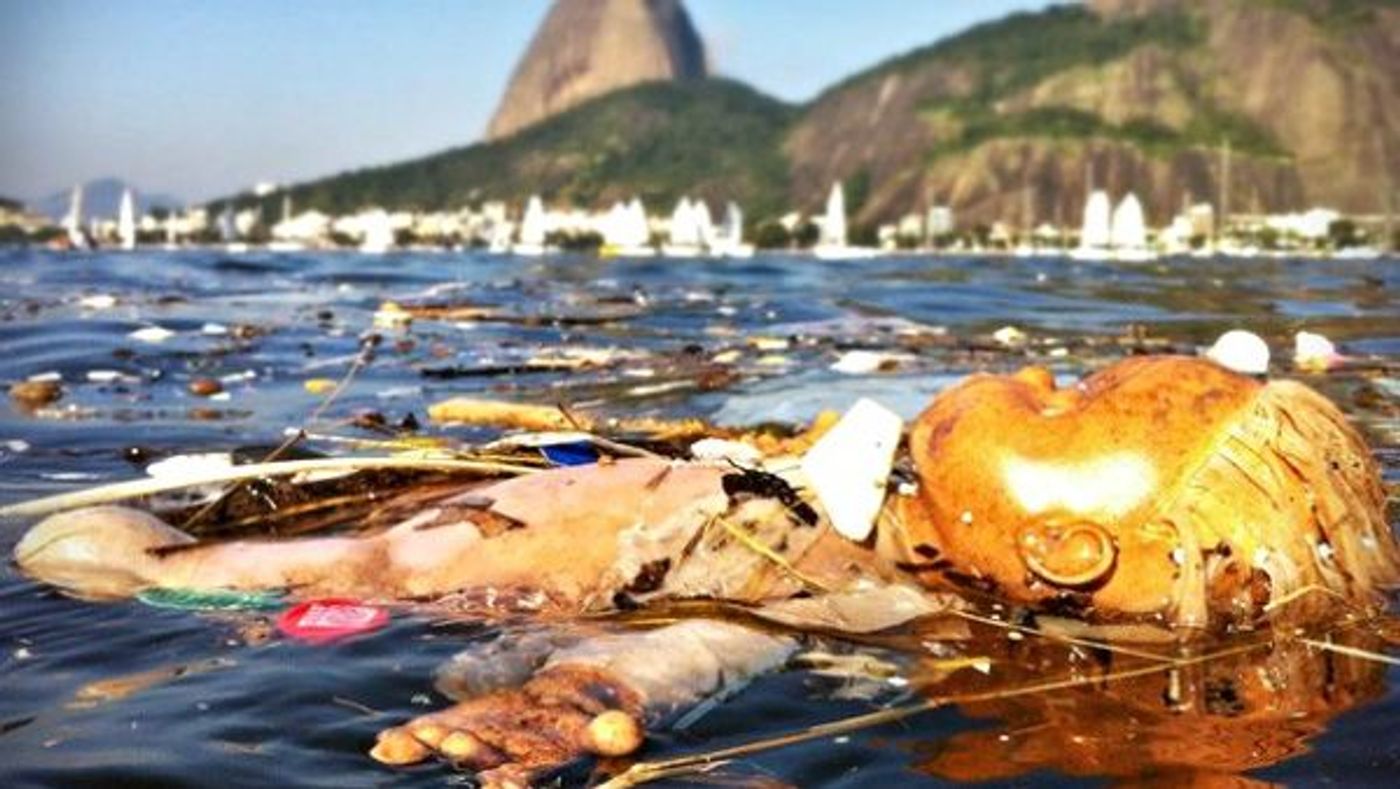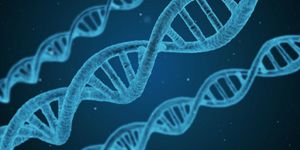The Olympic Games are underway in Rio, and Guanabara Bay is host to the sailing events. What’s lurking in those waters has more than a few people worried.
A study conducted by Feevale University in Brazil found that just a few teaspoons of water from Guanabara Bay is enough to make you sick. Many groups are taking this quite seriously, considering more than 1,400 athletes will be involved in water sports based in the bay. (This pales in comparison, however, to the number of tourists and residents who come into contact with the polluted waters on a regular basis.)
Come on, how bad can it really be? Aren’t these just scare tactics? According to many, the bay is essentially a sewer. With sewage, of course, comes a host of bacteria and viruses with the potential to cause severe disease.
Sewage (that’s code for animal feces) is full of coliform bacteria.
E. coli is a coliform, as are species of
Klebsiella and
Enterobacter. The so-called “coliform index” is often used to rate water quality based on the amount of coliform bacteria present. (I think it’s safe to say that the Guanabara’s index is quite high.)
Species of Bacillus are also reported to be abundant in Guanabara Bay. B. cereus is a well-known cause of food poisoning. This brand of food poisoning is often called “fried rice syndrome” due to its prevalence in Chinese buffets. B. cereus produces a toxin called cereulide that kills cells and induces nausea and vomiting.
Bacteria aren’t the only dangers floating about. The viral load in the bay is reported to be 1.7 million times higher than similar bodies of water from other countries.
The most abundant viruses are adenoviruses and
rotaviruses. Adenoviruses cause a wide range of ailments, including diarrhea, gastroenteritis, and pneumonia. Ninety percent of sample sites had dangerously high levels of adenovirus. Rotaviruses cause the “stomach flu”, a gastrointestinal illness characterized by diarrhea (this seems to be a common theme).
Last, but not least, are the algae. Algae are harmless, right? Not always. The large amount of sewage in Guanabara Bay provides nutrients for large algal blooms. These blooms produce toxins and kill fish by using up all of the oxygen.
Perhaps the scariest fact uncovered by the Feevale University study is that even the sand on the beach is chock-full of potentially dangerous microbes. While bacteria succumb to the sunlight and heat, viruses tend to be a bit more resistant.









